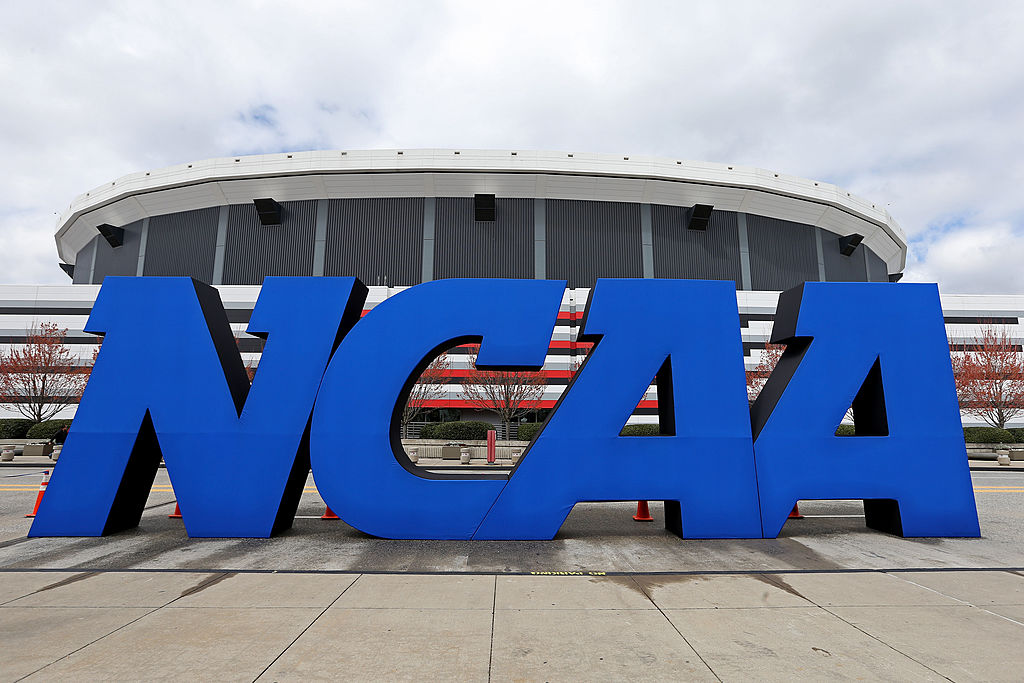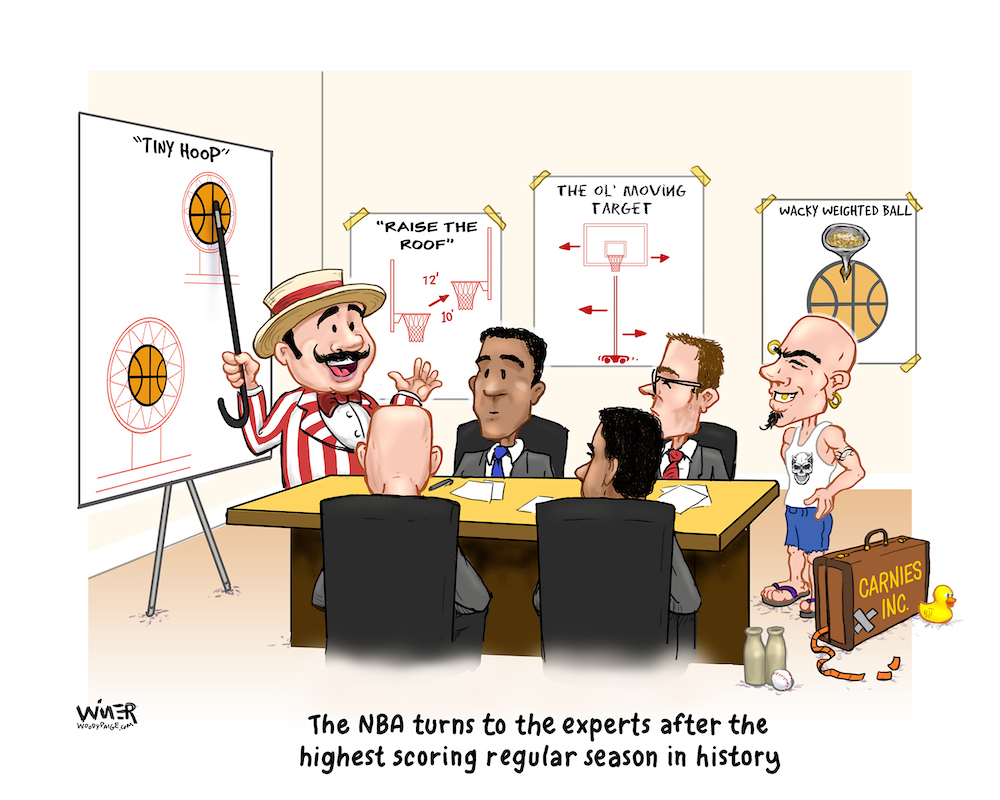It didn’t get the publicity that the halting play in the NBA, NHL and Major League Baseball received, but as an organization, Minor League Baseball has also delayed the start of their upcoming season.
Spring training is on hold, along with the careers of hundreds of young players hoping to one day reach the big leagues.
Unlike those with guaranteed Major League contracts, minor leaguers have also had their paychecks put on hold by the Coronavirus pandemic. And unlike those who’ve been playing in the big leagues, they don’t have much in the way of savings to fall back on during this unprecedented time in history.
Most of them simply won’t be making any money. Then again, many of them are used to having to scrape by.
Professional athletes – even at lower levels – normally don’t get much sympathy from Joe Public when it comes to the topic of players’ salaries. But in the case of minor league baseball players, Joe needs to take a closer look.

For decades, Major League Baseball teams have paid the majority of players within their farm systems a monthly salary that most of them could double or triple if they entered the everyday workforce.
Let this sink in: minor leaguers have never been paid what equates to minimum wage.
Most need to work second jobs during the off season just to survive and support their families. In 2018, the average salary for a player in single A was $6,000 per season – which is five months long – $9,350 in double A and $15,000 at the Triple A level. Peanuts, get your peanuts here…
One study even determined that minor league baseball players don’t earn as much as high school janitors.
During the past couple of years, pressure has mounted on MLB teams to increase the paychecks of their prospects. Begrudgingly, they’ve agreed.
The Toronto Blue Jays have already done so. But it’s not a raise to brag about.

Triple A players who aren’t on big league contracts will reportedly start to earn the grand sum of $700 per week. Yes, that’s after the raise.
Former big-league pitcher Jason Hirsh, who now spends his days helping to develop young arms from his “Foundational Arm Strength Training” (FAST) facility in Denver, gets to see the trickledown effect of this meager pay directly. Several minor leaguers and wannabe pros workout with him during the winter – when they aren’t busy working other jobs to make ends meet. Hirsh points out that one of the offshoots of MLB’s miserly approach to taking care of future big leaguers is to rob them of training time, right when they need it the most. How can we expect them to spend time on training and development when they have to work a second job instead?
Hirsh did some math on Twitter:
“If 30 players on an average team roster at every level were paid:
Rookie/short season Class A = $35K/year
Low A = $45K/year
High A = $50k/year
AA = $60K/year
AAA = $75K/year
…then the total cost to each MLB team would be $9 million.”
This idea obviously makes too much sense to ever really happen. Of course MLB teams could each afford $9 million per year. Why won’t they, though?

MLB has for years and years promoted the idea that they don’t want to make minor leaguers comfortable being in the minor leagues. They want the monetary incentive to advance to be profound. It makes the prospects hungrier; wanting to work harder to get to the show, they say.
But the math is hard to ignore. Right now, the minimum salary in MLB is $535,000/year. Seems like there would still be plenty of incentive to get from $75K per year to $535K, but maybe that’s just me.
The issue here isn’t that MLB is run by a bunch of Ebenezer Scrooges. They obviously aren’t when you see the kind of money that’s being thrown around when it comes to big league salaries and big-league amenities. What these astute businessmen are doing is trying to shave off the back end what they are forced to spend on the front end in order to balance the books to their liking.
In other words, for every dollar Bryce Harper gets, some minor leaguer has to give one up.
They’ve been doing this in other ways too, including slashing scouting departments and coaching staffs. Veteran scouts, used to a certain pay scale, aren’t being retained, instead giving way to younger, less experienced and far less expensive replacements. The high number of novices entering the coaching ranks with little or no real baseball experience is a direct result of what teams would have to be paying more veteran coaches to do the same job. The savings are substantial.
This is the main reason MLB is talking about the contraction of more than 40 low-level minor league franchises. The cost savings would be huge. There would be substantial benefits to contraction – like the enormous boost to college baseball – but that’s not the owner’s motivation. Saving money is.
Back in 2014, a group of minor league players filed a lawsuit against Major League Baseball based on the fact that they weren’t being paid what would amount to minimum wage. MLB has fought the lawsuit and tried to get it dismissed, but it now appears the case will actually go to trial after more than five years of legal wrangling.
Hirsh’s idea, or something like it, would seem to be the quickest and easiest solution to this problem – which will only get uglier for the MLB owners if and when a trial begins. Imagine the PR nightmare when MLB witnesses are on the stand trying to justify not paying young players a minimum wage? Talk about a lose-lose.
Whether or not the case is settled, or if MLB loses in court, paychecks will likely raise, perhaps only slightly. When baseball does start up again, and they’re going to have to start paying their minor league players something like $9 million a year collectively, there will undoubtedly be pay cuts pretty much everywhere else within every organization. That’s the way it works.
Listen to Mark Knudson on Monday’s at 12:30 with Brady Hull on AM 1310 KFKA and on Saturday mornings on “Klahr and Kompany” on AM 1600 ESPN Denver.

More from The Woody Paige Sports Network:
- Projected salary cap space for all 32 NFL teams heading into the offseason
- Chris Harris Jr. drawing interest from multiple NFL teams
- Betting Odds For Where Philip Rivers Will Play In 2020
- Adam Schefter: Tennessee Titans a threat to sign Tom Brady
- Peter King: Jameis Winston could land with Steelers or Raiders
- Andy Dalton named potential Tom Brady replacement in New England
- NHL shouldn’t be embarrassed about looking for “better” EBUG protocol
















